As you enter the gallery, your breath catches. The walls come alive with light, shadow, and form. This dance is mesmerizing, beyond traditional landscape art.
Welcome to the world of abstract nature photography. Here, the familiar becomes extraordinary. The mundane turns into the sublime.
Artists use light, color, and composition to create deep stories. These abstract landscapes take you on a journey. They shed literal representation, diving into the natural world’s essence.
These artworks capture the beauty of nature. You might see a still lake, a weathered tree, or a flowing river. Each offers a unique and captivating experience.
Get ready to be transported. Lose yourself in the details and unexpected beauty. It’s an experience you won’t forget.
Table of Contents
Understanding the Evolution of Abstract Nature Photography
The journey of abstract nature photography has seen both criticism and change. Early photographers faced skepticism, especially from painters who saw photography as a threat. French poet Charles Baudelaire even called photography a “humble servant of art and science,” downplaying its creative value.
But the 20th century brought a big change. Visionary photographers like Ansel Adams, Ernst Haas, and Eliot Porter showed the world what photography could do. They proved that photography was more than just a tool, it was an art form in its own right.
Transformation into Modern Art Form
Abstract nature photography changed the game by offering new ways to see the world. Photographers started looking at water, rocks, ice, and even the tiny details of leaves and flowers in new ways. This approach made viewers slow down and appreciate the beauty of light, form, and color.
Contemporary Recognition and Value
Now, abstract nature photography is celebrated for its emotional depth and fresh views of nature. It’s loved by collectors and art lovers for its versatility. These images can match many decor styles because of their striking colors and moods.
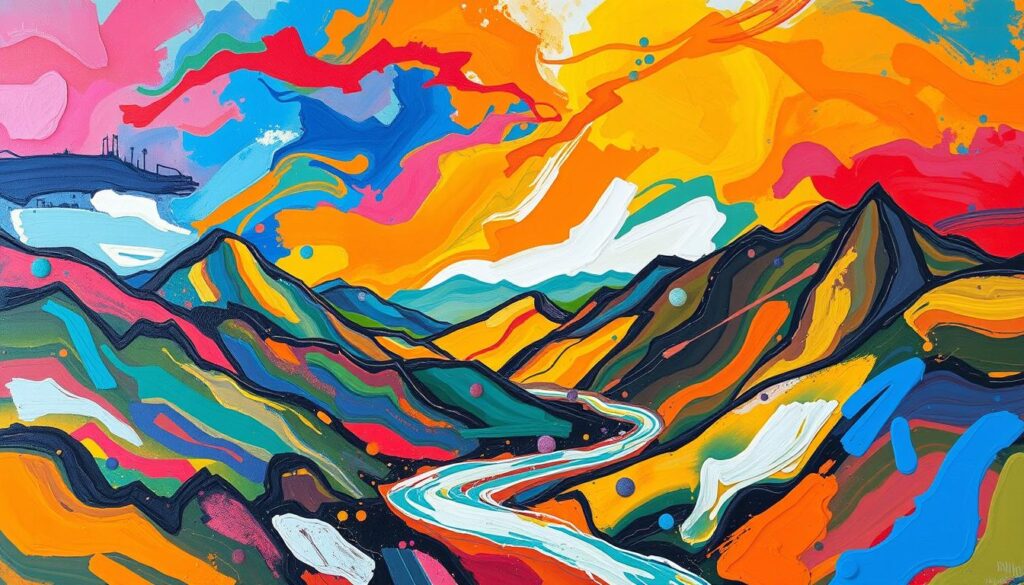
The growth of abstract nature photography shows how powerful photography can be. From being dismissed to being highly valued, this art form has won hearts and minds. It invites us to see the beauty and complexity of the natural world in a new light.
The Essence of Abstract Landscape Art
Dive into the world of semi-abstract landscape compositions and expressive landscape interpretations. Abstract landscape art shows a reality that goes beyond what we usually see. It’s a journey where colors mix, shadows move, and patterns tell stories of nature.
This art form gives a new view, focusing on texture, form, and light. It doesn’t tell clear stories but makes you think deeply. You feel the earth’s spirit as much as you see it, touching your senses deeply.
“Abstract landscape art is not about depicting the literal world, but about capturing the essence of nature’s beauty through the language of color, shape, and emotion.”
The charm of abstract landscape art is in its hidden poetry of nature. Artists break landscapes down to their basics, creating semi-abstract landscape compositions full of mystery. Their expressive landscape interpretations make you connect with the art, unlock your imagination, and find deep links between earth and self.
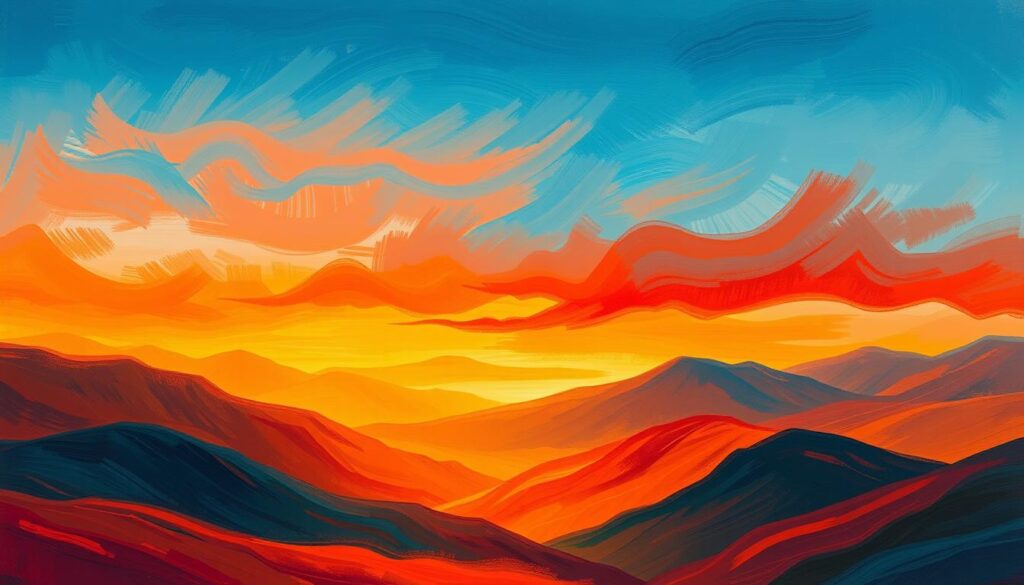
Enter the world of abstract landscape art and let your senses explore. Enjoy the mix of light, form, and color. Let your mind wander through the abstract beauty that unfolds.
Exploring Compositional Elements in Natural Abstracts
Abstract nature photography lets you see the world in a new way. It turns common landscapes into stunning artworks. Photographers use nature’s designs to create unique explorations that change how we see things.
Lines and Patterns in Nature
Reflections on still waters make amazing symmetrical shapes. Lines in nature lead our eyes across the picture. They show us harmony or tension in the natural world.
Form and Structure
Photographers in this field play with views, changing how we see things. They focus on shapes and forms, showing us the beauty in everyday sights. This makes us see the world in a new light.
Balance and Harmony
The beauty of abstract nature photography is in its ability to capture the essence of nature. It creates striking images that touch our hearts. These artworks let us connect with the world in a deep, personal way.
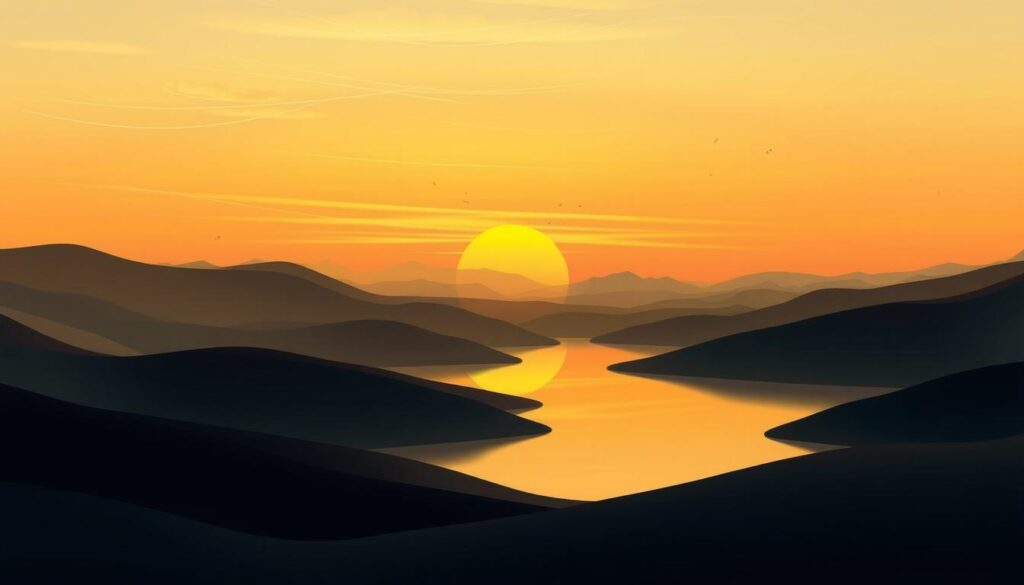
Light and Shadow: Creating Depth in Abstract Landscapes
In abstract nature photography, light is like a painter’s brush. It brings out colors and sharpens transitions. Dappled sunlight through leaves creates a colorful green kaleidoscope. Sunset light turns landscapes into beautiful purples and pinks.
Photographers use light to set moods in their minimalist natural scenery and atmospheric landscape renderings. They choose the right time and light to create different feelings.
Golden hour light adds a warm feel to scenes. Cloudy skies soften light, making images dreamy. Shadows add depth and texture to nature’s forms.
Photographers must understand light and shadow. They use contrasts to guide the viewer’s eye. This reveals the beauty in minimalist natural scenery and atmospheric landscape renderings.
“Light is not so much something that reveals, as it is itself the revelation.” – James Turrell
Mastering light and shadow makes abstract landscapes captivating. It invites viewers to dive into the minimalist natural scenery. The mix of light and shadow creates depth, mood, and mystery.
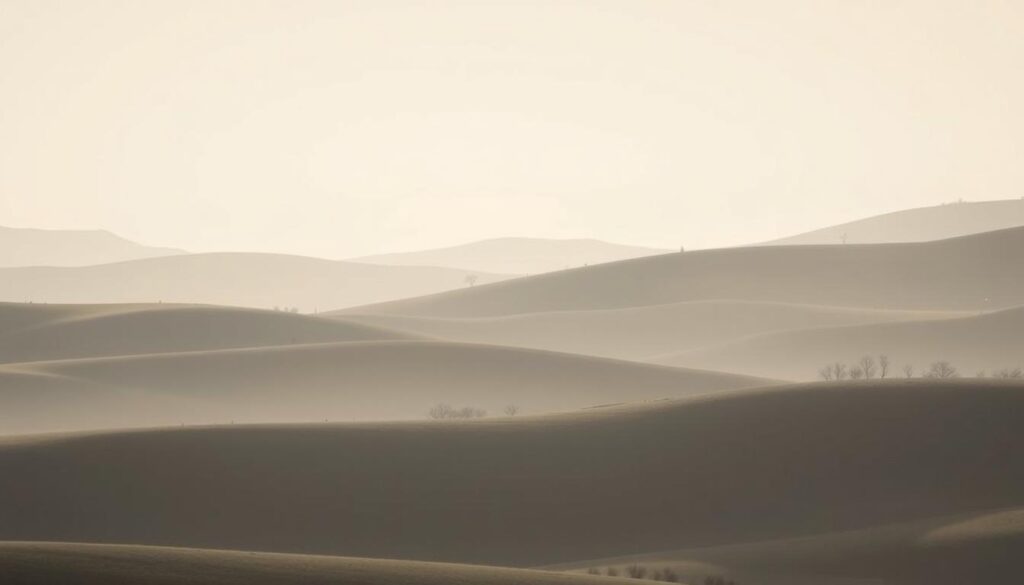
Color Theory and Natural Elements in Abstract Art
In the world of abstract art, colors are key to the artwork’s emotional feel. Photographers use color theory to add energy with warm colors and calm with cool ones. The mix of colors creates tension or harmony, drawing in the viewer.
Understanding Color Relationships
Colors in painting include hue, tone, and intensity. Artists use these to make compositions that touch the viewer’s heart. For example, mixing primary colors makes secondary ones, and adding more of one color creates tertiary hues.
Seasonal Color Influences
The seasons change the colors in nature, affecting abstract art’s mood. Autumn’s bright colors, spring’s soft hues, and winter’s cool tones all add to the artwork’s feel. Abstract photographers use these changes to take viewers on an emotional journey.
Temperature and Mood Creation
Color and light make abstract nature photography more impactful. Warm colors like red and orange bring energy, while cool colors like blue calm the mind. By choosing colors wisely, artists can evoke specific feelings in their audience.
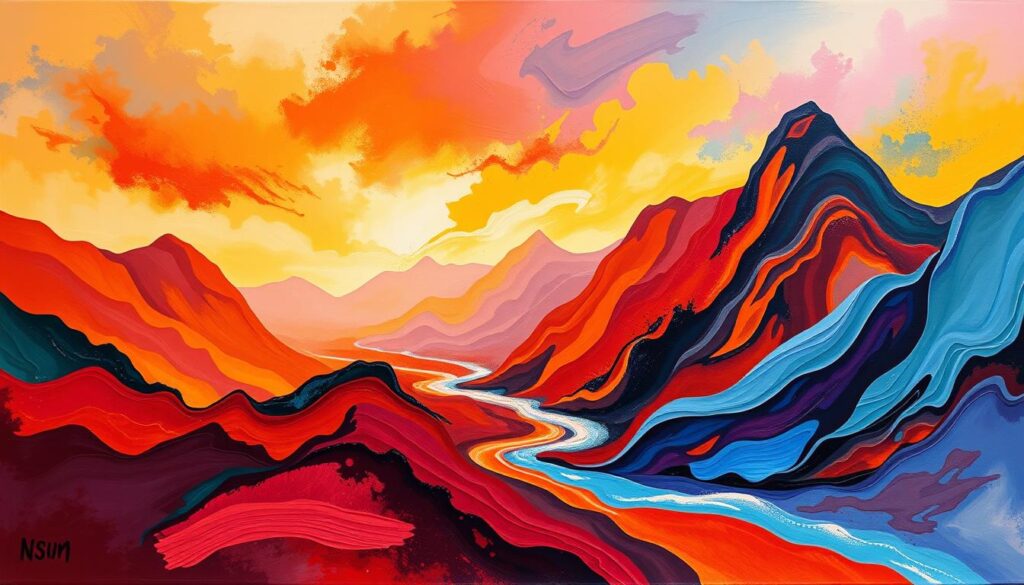
“Color is the keyboard, the eyes are the harmonies, the soul is the piano with many strings. The artist is the hand that plays, touching one key or another, to cause vibrations in the soul.”
– Wassily Kandinsky
Techniques for Capturing Abstract Landscape Art
Unlocking the beauty of abstract landscape art requires a keen eye. Look for the textural and organic landscape explorations around us. Whether you’re a seasoned photographer or a budding artist, mastering these techniques can transform the mundane into the mesmerizing.
Light and shadow play a key role in abstract landscape photography. By observing how light creates dramatic shadows and highlights, you can accentuate the shapes and forms in nature. Try different camera angles and lens choices to distort or compress the scene, giving new life to familiar subjects.
- Consider the frame and how it feels – what patterns or graphic elements draw the eye in?
- Eliminate depth by shooting from overhead, flattening the scene and emphasizing the textural landscape artworks.
- Let curiosity and instinct guide your lens, focusing on the process of exclusion as much as the subject itself.
The art of abstract landscape photography is about what you choose to include and what you leave out. By honing your technical skills and cultivating a keen eye for the organic landscape explorations around you, you can unlock a world of abstract beauty waiting to be captured.
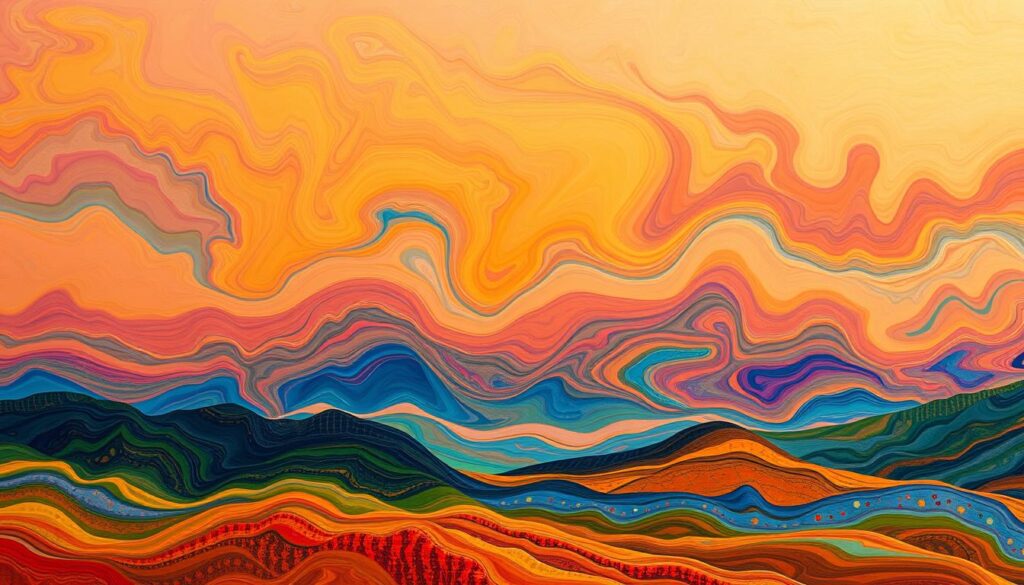
“The camera is an instrument that teaches people how to see without a camera.”
— Dorothea Lange
Remember, the key to mastering abstract landscape art is to embrace the unexpected and let your creativity flow. With practice and experimentation, you can transform the ordinary into the extraordinary, revealing the hidden gems that lie within the natural world.
The Role of Perspective in Nature Abstracts
Perspective is key in abstract nature photography. It turns familiar scenes into semi-abstract landscapes. These images challenge how we see things. By changing distance and scale, you can make elements in the photo interesting.
Unique Viewing Angles
Exploring new angles is crucial for abstract landscapes. Shooting from unusual spots can make nature’s abstract qualities stand out. This method isolates shapes and textures, adding mystery.
Distance and Scale Manipulation
Controlling distance and scale changes how we see things. Moving closer or further away shifts the focus. This is great for natural elements like leaves, rocks, or water, creating unique contrasts.
Frame Selection and Composition
Choosing the right frame is vital for abstract nature photos. Focus on the essential parts by removing distractions. Try different framing styles to enhance the abstract feel.
“Creativity is identified as the most essential skill for success in the twenty-first century, highlighted in over 20 million job ads, indicating a high demand for creative skill sets in various industries.”
Mastering unique angles, distance, and frame selection unlocks nature’s abstract beauty. Your photos will captivate and inspire others.
Emotional Impact and Viewer Connection
Abstract nature photography goes beyond just looking at pictures. It invites us to feel and connect deeply. Atmospheric landscape renderings and expressive landscape interpretations can stir up memories and feelings. For example, a close-up of a fern’s fractal design might remind us of life’s twists and turns.
A blurred image of a river might make us feel the rush of change. This emotional connection is why art collectors love these pieces. They want art that not only looks good but also moves them.
Every detail in abstract art tells a story, even if it’s silent. It ranges from completely non-representational to pieces with recognizable images. Artists like Wassily Kandinsky and Jackson Pollock used color and form to share their inner thoughts and feelings.
Abstract art lets artists share their ideas and emotions in unique ways. It challenges how we see the world. The legacy of Abstract Expressionism lives on in today’s atmospheric landscape renderings and expressive landscape interpretations. These works focus on personal expression and the power of art to connect us deeply.
“Abstract art exists on a continuum from purely non-representational to pieces that integrate perceptible imagery, catering to diverse viewer preferences and interpretations.”
Abstract Expressionism started in the mid-20th century in New York City. It was shaped by European modernism, focusing on spontaneity and emotional depth. This movement aimed to show complex feelings through abstract forms and colors.
It changed how we interact with art, inviting us to feel and connect with it on our own terms.
Collecting and Displaying Abstract Nature Photography
Abstract nature photography is a captivating medium for collecting contemporary landscape paintings and nature-inspired artwork. When choosing, consider the emotional impact, technical quality, and artist reputation. These factors are key in selecting the right pieces.
Selection Criteria for Collectors
Choose abstract nature photographs that stir strong emotions, like serenity or wonder. Look at the technical skill, such as light, composition, and color. Also, research the artist’s background to ensure value.
Display Recommendations
Display your collection with proper lighting to enhance the images. Place them in areas like living rooms or entryways. This allows viewers to fully appreciate the natural beauty.
Investment Considerations
Investing in abstract nature photography involves researching the artist’s career and the artwork’s uniqueness. Limited edition prints, like those by Derek Nielsen Photography, can be valuable investments.
These photographs fit various decor styles, from modern to rustic chic. Thoughtfully curating and displaying them brings natural beauty into your spaces.
| Photographer | Accolades | Permanent Collections | Publications |
|---|---|---|---|
| Cheyne Walls |
| The Wildling Museum of Art & Nature | National Geographic |
| Derek Nielsen |
| N/A | N/A |
Collecting and displaying abstract nature photography is rewarding. By choosing pieces that match your taste and goals, you create a stunning collection. It adds depth and meaning to your spaces.
Conclusion
The world of abstract landscape art and nature-inspired artwork is truly captivating. It has grown from humble beginnings to a recognized art form. This genre keeps expanding our ideas of what art can be.
Learning about the history, composition, and emotional impact of abstract nature photography deepens our appreciation. It shows us the beauty in the natural world. Artists’ unique views and techniques help us see landscapes in new ways.
If you love this art, you’re in for a special journey. Abstract landscape art and nature-inspired artwork mix nature, technology, and human feelings. Let it inspire you to see the world anew and find beauty everywhere.
FAQ
What is abstract nature photography?
Abstract nature photography turns familiar landscapes into stunning images. It focuses on texture, form, and light and darkness. This art form shows the chaotic yet harmonious side of nature, sparking our imagination.
How did abstract nature photography emerge as an art form?
Early photographers faced criticism from painters. But, 20th-century photographers like Ansel Adams proved their artistry. They showed photography’s power, leading to abstract nature photography as a unique form.
What are the key characteristics of abstract nature photography?
Abstract landscape art presents scenes that defy labels. It features swirls of colors, dances of shadows, and hidden patterns. This art form invites viewers to see the world in a new way, focusing on texture, form, and light.
How do photographers create abstract nature images?
Photographers focus on nature’s intrinsic designs. They use shapes, lines, and forms as building blocks. Light and color choice are key, turning ordinary subjects into abstract masterpieces.
What techniques are used in abstract nature photography?
Photographers observe light’s effects on shadows and highlights. They use camera angles and lenses to transform subjects. Unique views and careful composition emphasize abstract qualities, challenging our perceptions.
How does abstract nature photography connect with viewers?
This photography invites viewers to connect on an emotional level. It evokes memories and sensations, like a fern’s fractal design or a blurred river. This emotional connection is a key reason for its appeal to art collectors.
What should collectors consider when acquiring abstract nature photography?
Collectors should look at the artwork’s emotional impact, technical quality, and artist reputation. Proper lighting and display are crucial. Research the artist’s career and the artwork’s uniqueness to consider investment.

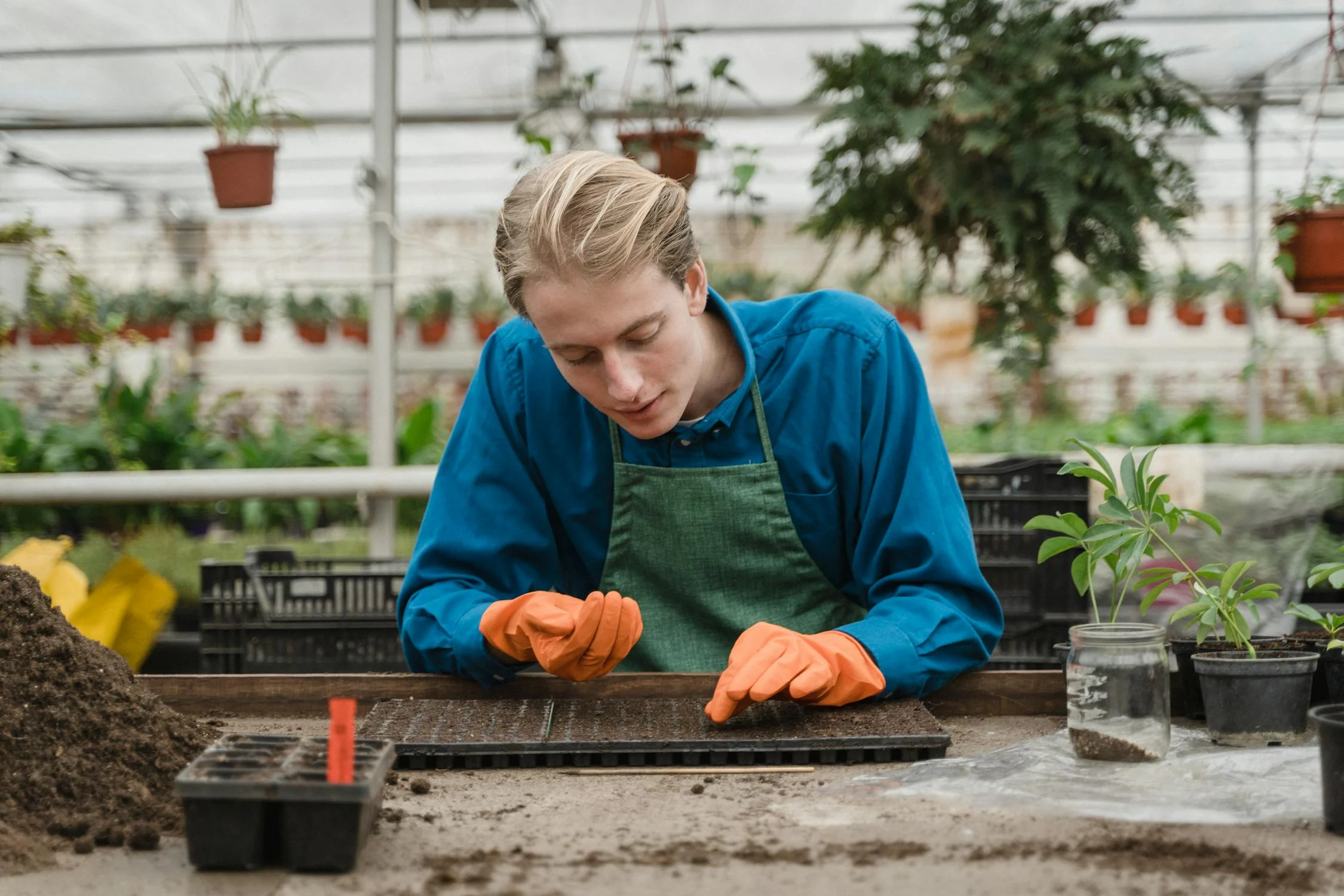
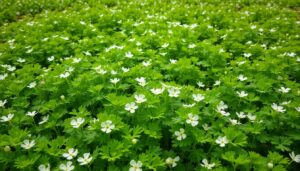

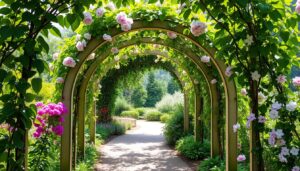
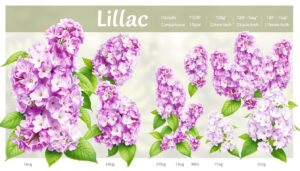
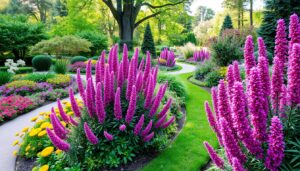
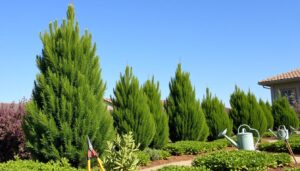
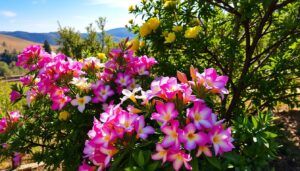
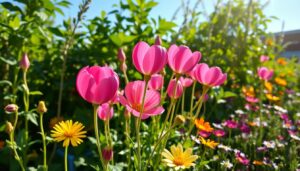
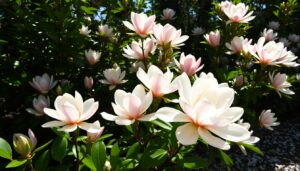
1 thought on “Discover Beautiful Abstract Landscape Art & Gallery Picks”